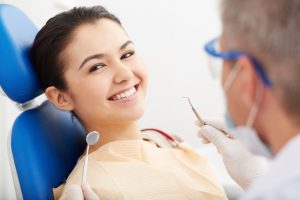Dental injuries during anesthesia
Dental injuries are common during anesthesia and are mainly due to the anesthetic equipment being used. The following devices have been associated with anesthesia injuries and include;
Laryngoscope – This can cause damage to the upper incisors if used incorrectly.
Oropharyngeal airways – This can cause damage to teeth, crowns and bridgework, if dislodge during the procedure.
Jaw clamping/ Bite blocks – This device can put pressure on teeth.
Oropharyngeal suction devices – This can cause patients to clamp their jaws.
Dental props/mouth gags – These can cause damage to teeth, while inserting or removing the device.
As a dentist to avoid malpractice law suits it is best to ask your patient what equipment they feel comfortable with, after discussing each items risks and benefits. It is then advisable to get written consent from each patient before embarking on the procedure.
It is important to note that all patients can suffer dental damage or anesthesia death (although unlikely) during a procedure. However, the risk is far greater for patients who are;
The elderly.
Those who have crowns, veneers, dentures of bridgework.
Fillings
Periodontal disease
Protruding upper teeth
Isolated teeth
Or those who have conditions, which mean their airway is obstructed.
It is a good practice to check your patient’s teeth prior to the procedure and look for loose teeth, brittle veneers and for any signs of disease, which could increase the risk of damage.
 Blog submitted by Dane Levy Attorney of www.Dentalmal.com, a provider of legal services for those injured by dental malpractice in California
Blog submitted by Dane Levy Attorney of www.Dentalmal.com, a provider of legal services for those injured by dental malpractice in California